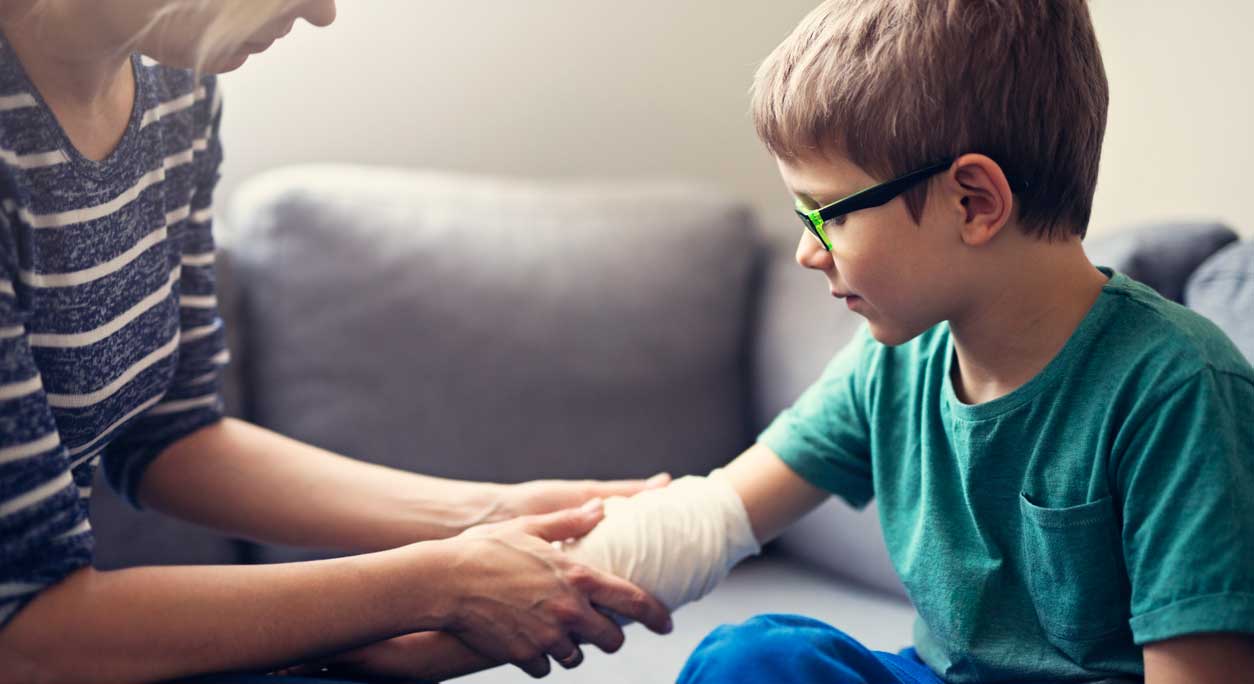-
- Find Care
-
- Visitor Information
- Find a Location
- Shuttles
- Visitor Policies
-
-
- Our Virtual Care Options
- Virtual Urgent Care
- Virtual Visits for Primary & Specialty Care
- Online Second Opinions
- Participate in Research
-
- Contact us
-
- For Innovators
- Commercialization Guide for Innovators
-
-
- Research News
- Alzheimer's Disease
- Artificial Intelligence
-
- Overview
-
- Overview
- Getting Started
- New to Mass General Brigham
- International Patient Services
- What Is Patient Gateway?
- Planning Your Visit
- Find a Doctor (opens link in new tab)
- Appointments
- Patient Resources
- Health & Wellness
- Flu, COVID-19, & RSV
- Billing & Insurance
- Financial Assistance
- Medicare and MassHealth ACOs
- Participate in Research
- Educational Resources
- Visitor Information
- Find a Location
- Shuttles
- Visitor Policies
- Find Care
-
- Overview
- Our Virtual Care Options
- Virtual Urgent Care
- Virtual Visits for Primary & Specialty Care
- Online Second Opinions
-
- Overview
- Participate in Research
-
- Overview
- About Innovation
- About
- Team
- News
- For Industry
- Venture Capital and Investments
- World Medical Innovation Forum (opens link in new tab)
- Featured Licensing Opportunities
- For Innovators
- Commercialization Guide for Innovators
- Contact us
-
- Overview
- Information for Researchers
- Compliance Office
- Research Cores
- Clinical Trials
- Advisory Services
- Featured Research
- Two Centuries of Breakthroughs
- Advances in Motion (opens link in new tab)
- Brigham on a Mission (opens link in new tab)
- Gene and Cell Therapy Institute
- Research News
- Alzheimer's Disease
- Artificial Intelligence
-
- Overview
-
- Overview
- Residency & fellowship programs
- Brigham and Women's Hospital
- Massachusetts General Hospital
- Mass Eye and Ear
- Newton-Wellesley Hospital
- Salem Hospital
- Integrated Mass General Brigham Programs
- Centers of Expertise
- Global & Community Health
- Health Policy & Management
- Healthcare Quality & Patient Safey
- Medical Education
- For trainees
- Prospective trainees
- Incoming trainees
- Current trainees
- Continuing Professional Development
How to Treat Burns and Prevent Them

It’s easy to wind up with a burn when taking a tray of cookies out of the oven or lighting a candle. Fortunately, most mild burns can be treated easily at home, but sometimes you may need medical attention.
John Schulz, MD, PhD, a Mass General Brigham surgeon and medical director of the Burn Center at Massachusetts General Hospital, provides guidance on first aid for burns, when to seek emergency care, and how to prevent burns at home.
Types of burns
Burns are diagnosed in terms of degrees, ranging from mild to more severe burns:
- Mild or first-degree burn: This burn causes pain and redness in the outer layer of the skin.
- Second-degree burn: This more severe burn causes blistering and swelling of the skin.
- Third- and fourth-degree burns: These burns go deeper into the skin tissue, can affect the muscles and bones, and should be treated as an emergency.
How to treat burns
If you or someone close to you gets burned, the proper treatment depends on how bad the burn is and what caused it.
Treatment for burns can include:
- Minor burns: Clean the skin with soap and water if necessary, “even if it stings,” says Dr. Schulz.
- First-degree burn: Put it under cool running tap water and avoid using ice, as this can further damage the skin. Wrap the burn in a fresh bandage.
- Second-degree burns with blistering: See a doctor.
- Chemical burns of any degree or severity: See a doctor. They may need to remove the chemicals or neutralize them in a special process called decontamination.
Burns can also increase your risk for tetanus, so make sure you’re up-to-date on your vaccines.
With these tips in mind, you can prevent and easily treat most burns. If you have any doubt, contact your primary care provider (PCP) and seek medical attention.
Practice fire safety to prevent burns
There are simple steps you can take to keep your family safe and reduce the risk of burns occurring in the first place. Here’s how to practice fire safety at home:
- Install and maintain smoke detectors and fire extinguishers. Check them regularly.
- Develop a fire escape plan. Practice it with your family.
- Be careful in the kitchen, especially when young children are present.
- Use electrical devices properly and safely. Follow the instruction manual.
- Keep a perimeter around heat sources like fireplaces, barbecues, fire pits, and space heaters.
- Using caution with candles, matches, and lighters. Keep them out of reach fom children.
It’s important to discuss all these safety measures with every member of the family, including young children. “Of course, sometimes younger kids forget the rules because they get excited when they see something they want to grab,” Dr. Schulz says. “But if you reinforce the message over time, that can help.”
Prevent scalding by hot liquids
Anyone who’s ever spilled a hot mug of coffee or tea knows that burns aren’t only caused by open flames. Dr. Schulz recommends the following safety measures to prevent scalding burns:
- Never set your home’s hot water above 120 degrees.
- Never warm baby formula or milk in the microwave because the liquid can heat up unevenly. Always check the temperature on your arm before feeding your child.
- Always check a bath’s water temperature before your child gets in.
- Be careful when holding warm beverages. Keep cups out of arm’s reach, and don’t drink one while you’re holding a small child. “This is one of the most frequent causes of scalding injuries in children and toddlers,” Dr. Schulz warns.
Avoid other types of burns
Other burn causes include:
- Strong cleaning chemicals, like oven cleaners or drain cleaners coming in contact with the skin: If you have children in the home, put locks on cabinets where these cleaners are stored.
- Sun exposure: Always wear sunscreen of SPF 30 or higher when going outside, even on a cloudy day. Don’t forget to reapply every 2 hours or sooner, if you’re in the water.
- Contact with hot outdoor surfaces like sun-warmed asphalt or playground equipment: Make sure children are wearing proper footwear and test outdoor surfaces before kids begin to play.
- Sparklers or fireworks: Stay at least 6 feet away from people holding sparklers, stand still while holding a lit sparkler, and supervise children carefully. Get more 4th of July safety tips.
